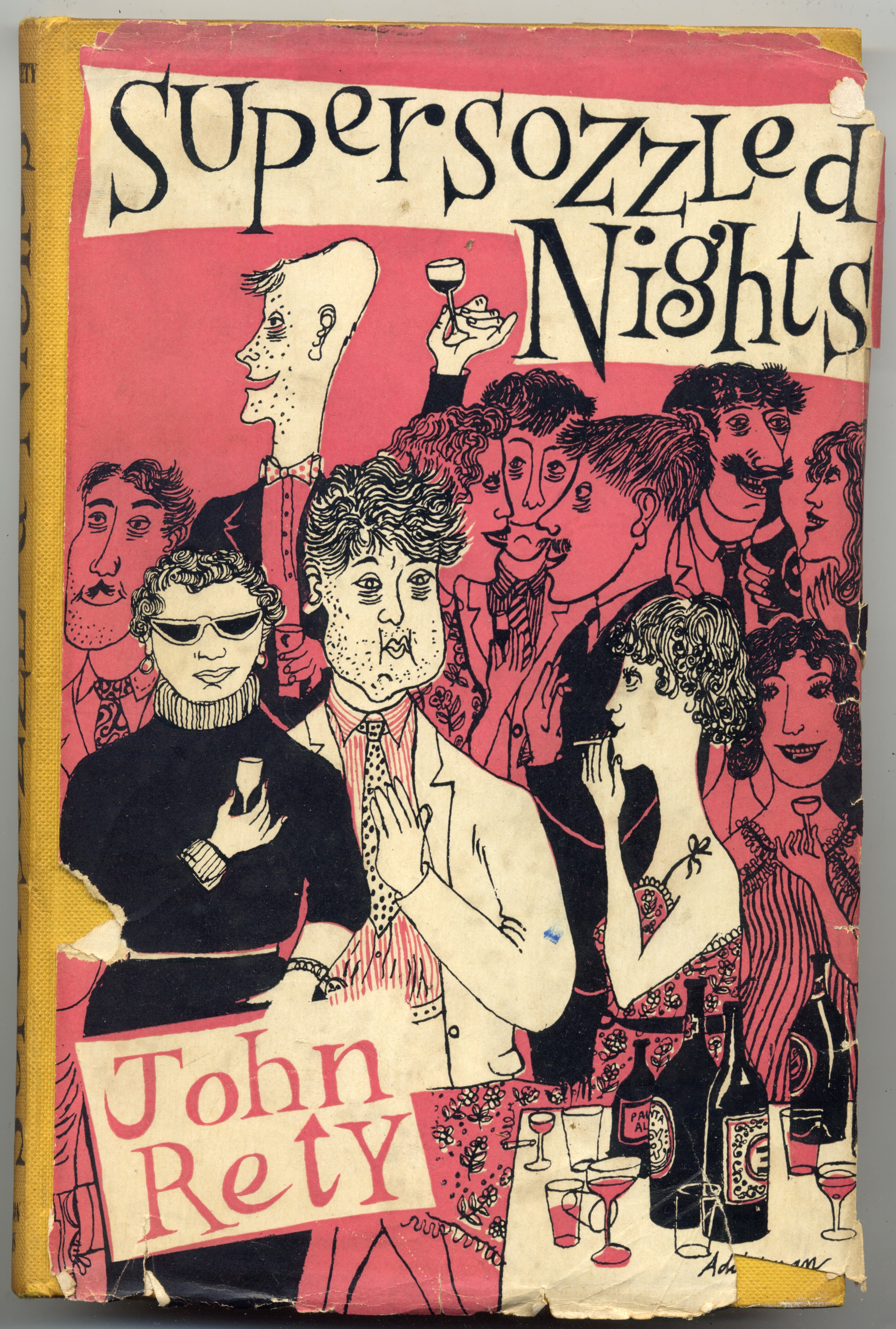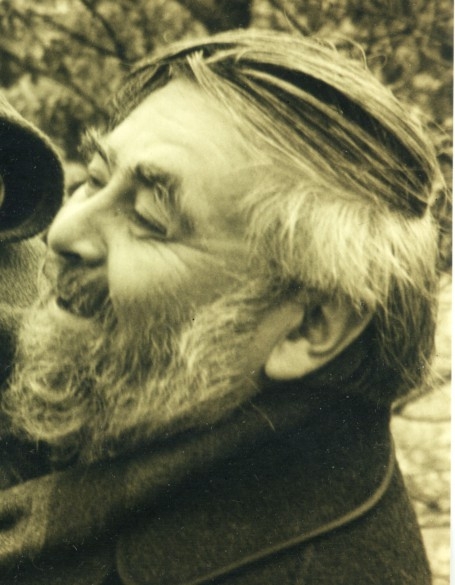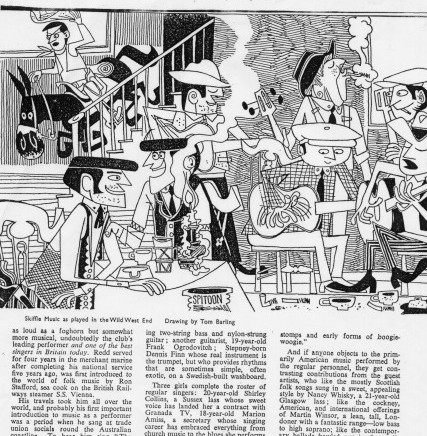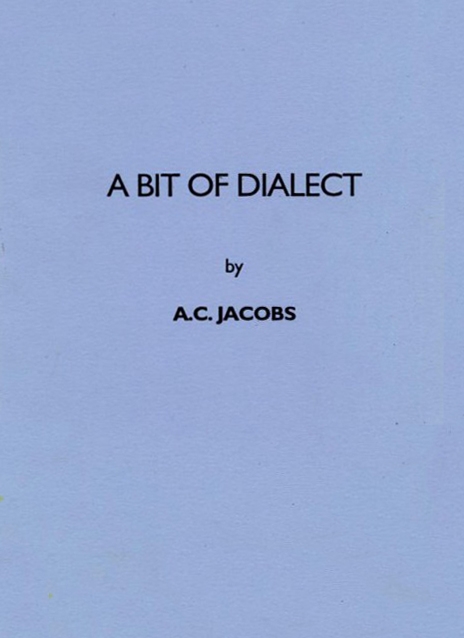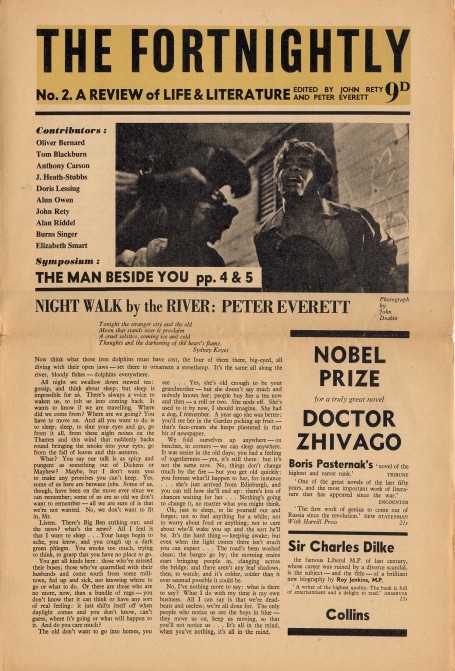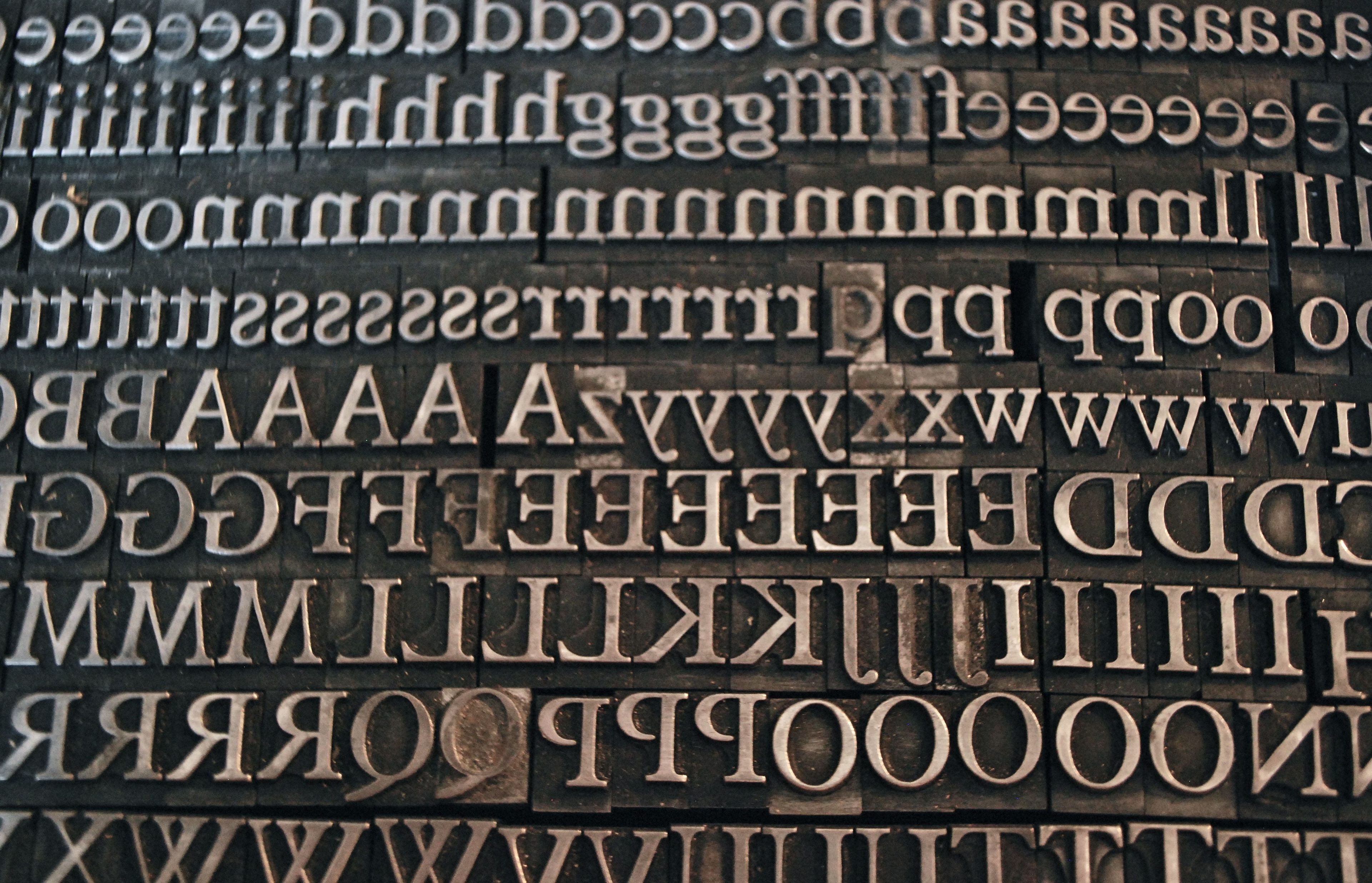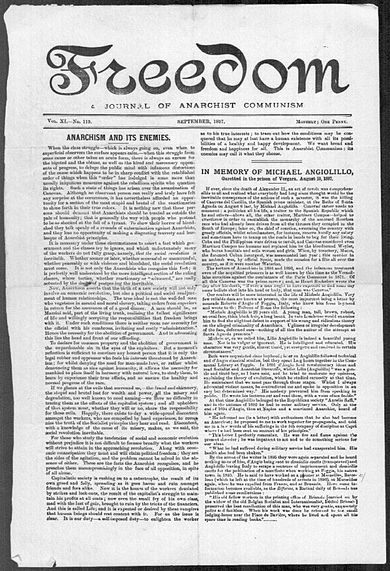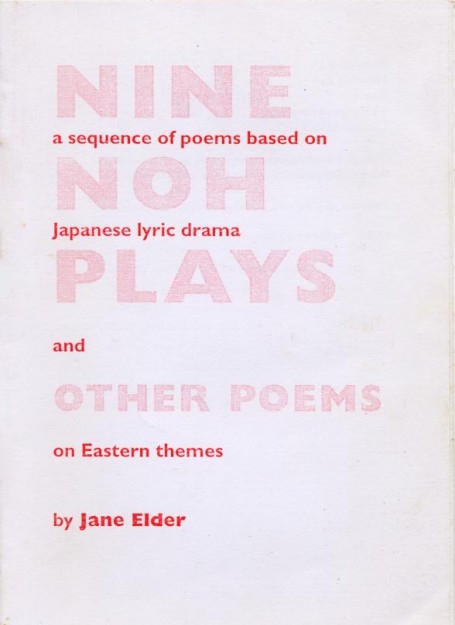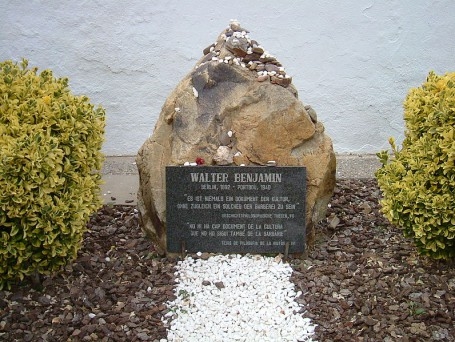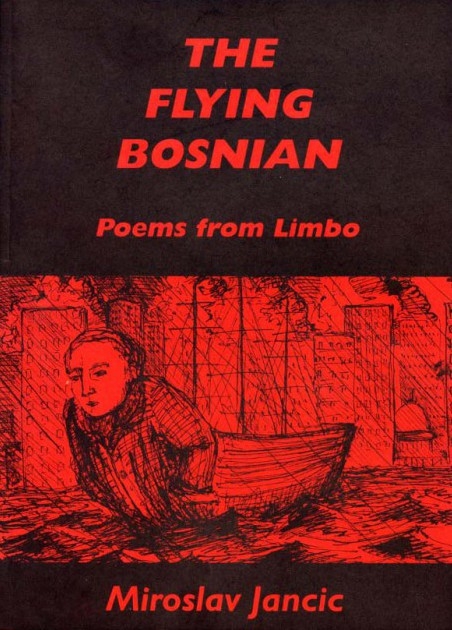History
Hearing Eye was started some decades ago by John Rety. It arose out of a home grown, house grown creative space in North London called Torriano Meeting House where he was hosting poetry readings.
His first publication was a little pamphlet by John Heath-Stubbs called ‘Cats’ Parnassus’. Heath-Stubbs did a reading in 1987 at Torriano Meeting House in its very early days when it had just gone on-grid and off-candle. John Rety was taken by a series of humorous little poems on death and suggested that he published them. What arrived in the post was a collection of parodies of famous poets’ cats. Heath-Stubbs said that cats sell. Indeed he was right; the slim volume of 32 pages was recommended by Peter Levi in The Times and went into three impressions in a year.
John Rety was not new to publishing. Soon after he arrived in England from Budapest in 1947 he was apprenticed to a Czech publisher, Mr Prager of Lincolns Prager, who taught him the trade. John, who had learnt English at nursery school, provided the translation for his English-less employer. From here he gravitated towards Soho and the world of young writers and artists of the 1950s. He began publishing their work in small literary magazines,Cheshire Cat, Intimate Review and The Fortnightly; many of these writers such as John Heath-Stubbs, Bernard Kops, Bill Sherman, John Roberts, Hylda Sims, Josef Herman, Stephen Spender re-emerged decades later in Hearing Eye and Torriano Meeting House. John also wrote his own novel,Supersozzled Nights when he was 21.
In the 1980s Dinah Livingstone ran an Inner London Education Authority poetry class at Torriano Meeting House. It was a link between a new generation of poets and a new publishing house. Dinah championed the work of Kathleen McPhilemy, Jane Duran and other students and Hearing Eye published them. Later the Poetry School was begun at Torriano Meeting House by Mimi Khalvati and Jane Duran and Hearing Eye’s connection with the early works of now established poets continued. Among others were Anna Robinson, Adam Johnson, Jane Duran, Valeria Melchioretto.
PAMPHLET SERIES
Publishing came and still comes out of the readings at Torriano Meeting House that had started in 1983 and very often there was an interaction with world events – the Miners’ Strike, the 1991 Gulf War. At a time when poets and artists were voicing against war, the Greater London Arts Association gave a grant for a season of readings with publications.
The first in the Torriano Meeting House Poetry Pamphlet series was “A Bit of Dialect” by AC Jacobs. John was profoundly touched by Arthur’s writing and scholarship. When Arthur died John went to Madrid to collect his manuscripts. Jointly with Anthony Rudolf of Menard Press, Hearing Eye posthumously published Jacobs’ “Collected Works”.
A special aspect of these pamphlets was that the poets were involved in the production. To quote the catalogue “Adam Johnson typed his into a computer at Copy Art”.
